Latitudes and rain collaborate with six local artists to reimagine their latest 5g range
The 2025 RMB Latitudes Art Fair took place at the Shepstone Gardens in Johannesburg from 23–25 May 2025. The Fair has become a standout event on Johannesburg’s cultural calendar, celebrated for its unique, immersive approach to experiencing contemporary African art.
Part of what made the Fair special — beyond the art — was how people moved through it. The experience unfolded across indoor and outdoor spaces, encouraging visitors to wander, pause, and engage. This became even more valuable as the environment invited guests to explore art in a dynamic and multi-sensory way.
rain, the Fair’s official 5G connectivity partner, made that movement seamless. Their the101 pro™ smart router offered high-speed 5G wifi throughout the space, letting guests stay connected without interruption. No queues, no logins — just a network that kept up.
In a setting shaped by light, scale, and texture, documentation became part of the experience. And with stable connectivity, capturing and sharing those moments felt natural, not forced.
rain is a brand that has always been committed to celebrating local creativity and talent, and to reiterate this, they unveiled the new 101 art skins collection, featuring work by six local artists: Amy Ayanda Lester, Davina de Beer, Balekane Legoabe, Nessi Penman, Nkhensani Mkhari, and Peter Eastman. rain also showcased another collaboration at the fair—their ‘state of the art’ piece created by local artist Black Koki, featuring his bold, original work designed exclusively for the the101™ 5G smart range.
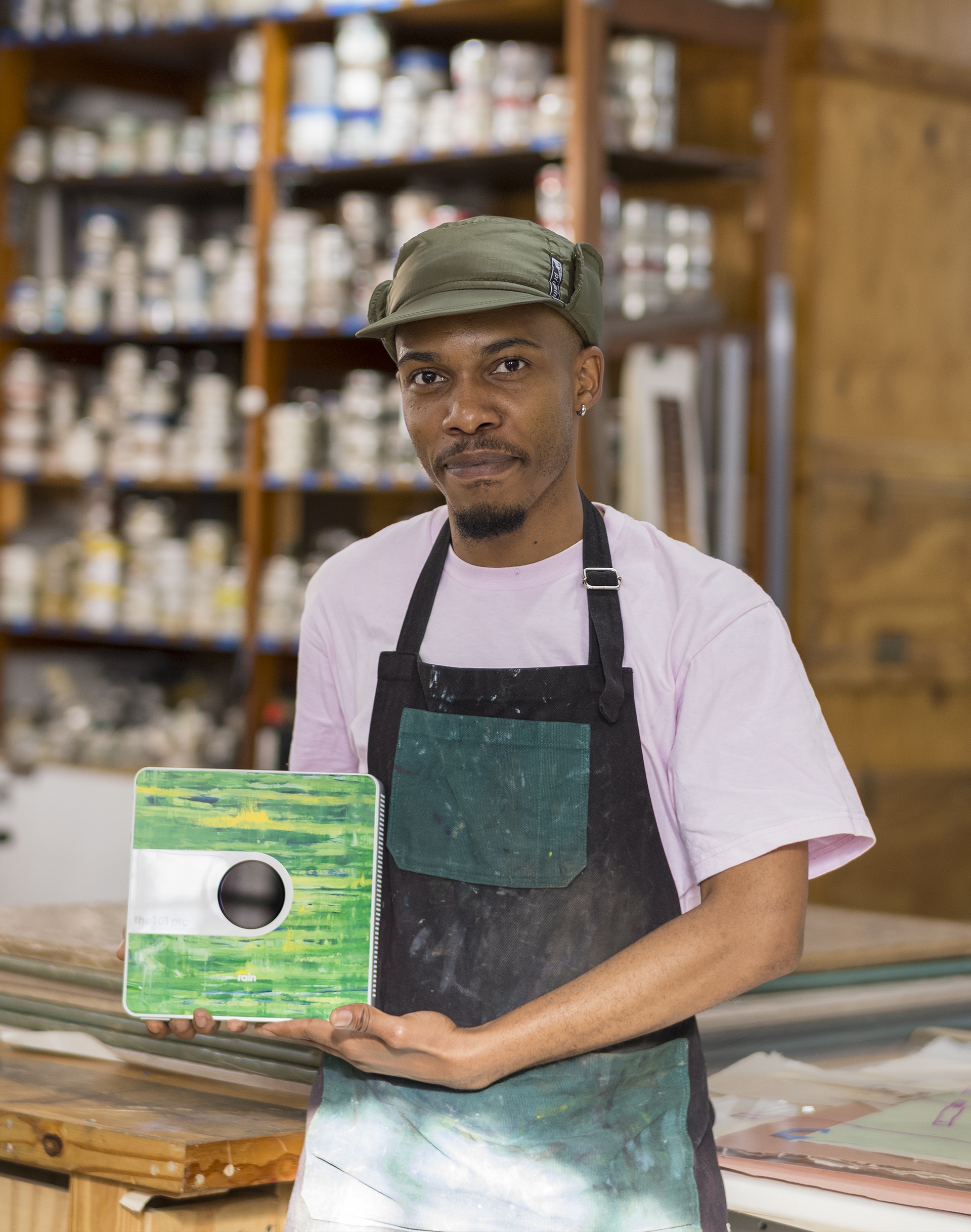
Photograph of Nkhensani Mkhari. All imagery courtesy of rain

Photograph of Davina De Beer. All imagery courtesy of rain
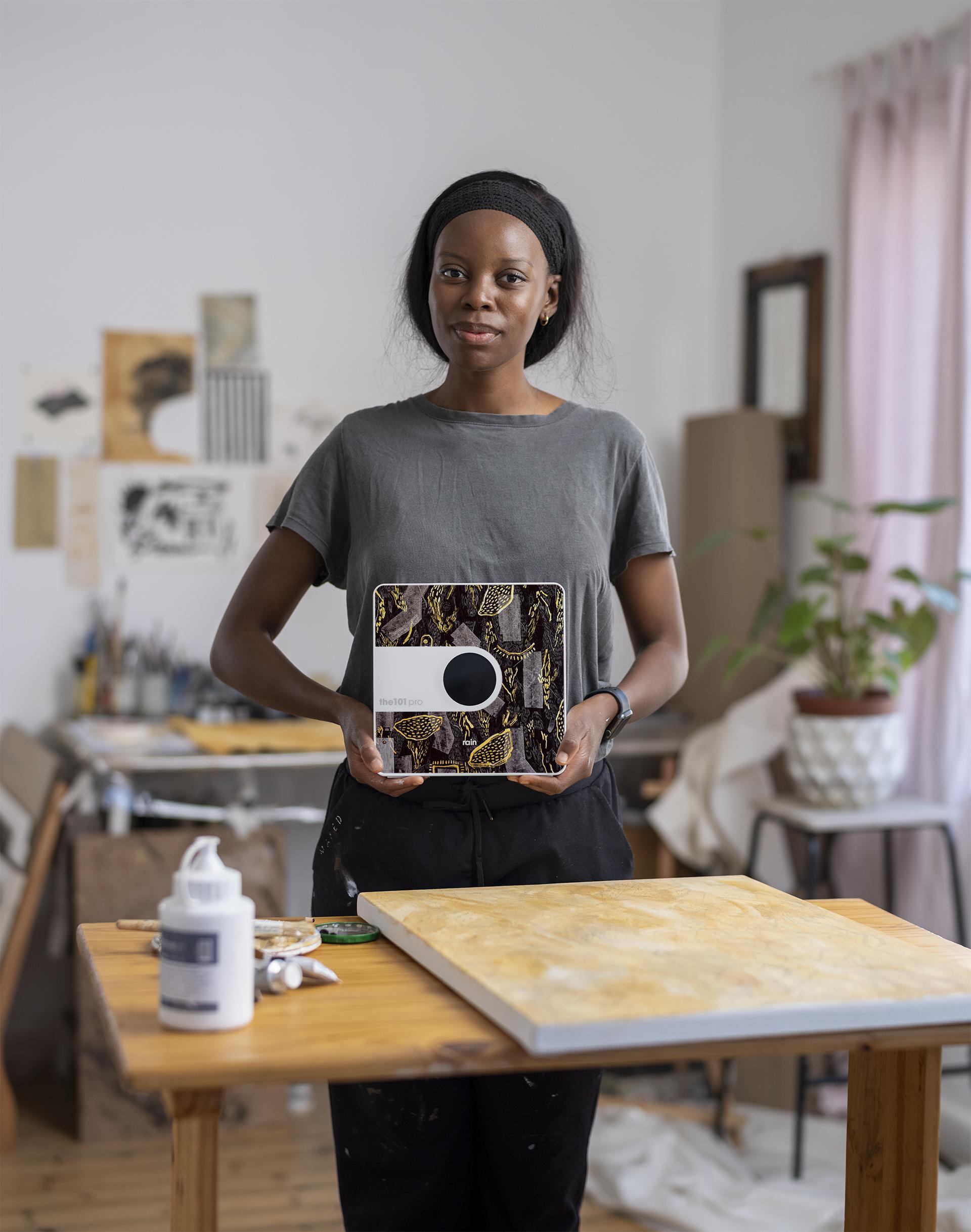
Photograph of Balekane Legoabe. All imagery courtesy of rain
About the Artists:
Amy Ayanda Lester is a Cape Town-based painter and printmaker, working in bold colour and abstract, loose forms. She finds inspiration in the local landscape, particularly in the flora, colours and people. Her art frequently features proteas, fynbos, and the iconic mountain silhouette, drawing from her family’s experience of connection to the land.
Davina de Beer is a South African multimedia visual artist based in Spain and South Africa. In her current studio work she uses muted colours alongside vivid blues and greens in paintings informed by patterns found in tile designs in Andalusia, Spain. The subdued colours together with dripping paint and faded imagery speak of memory and loss.
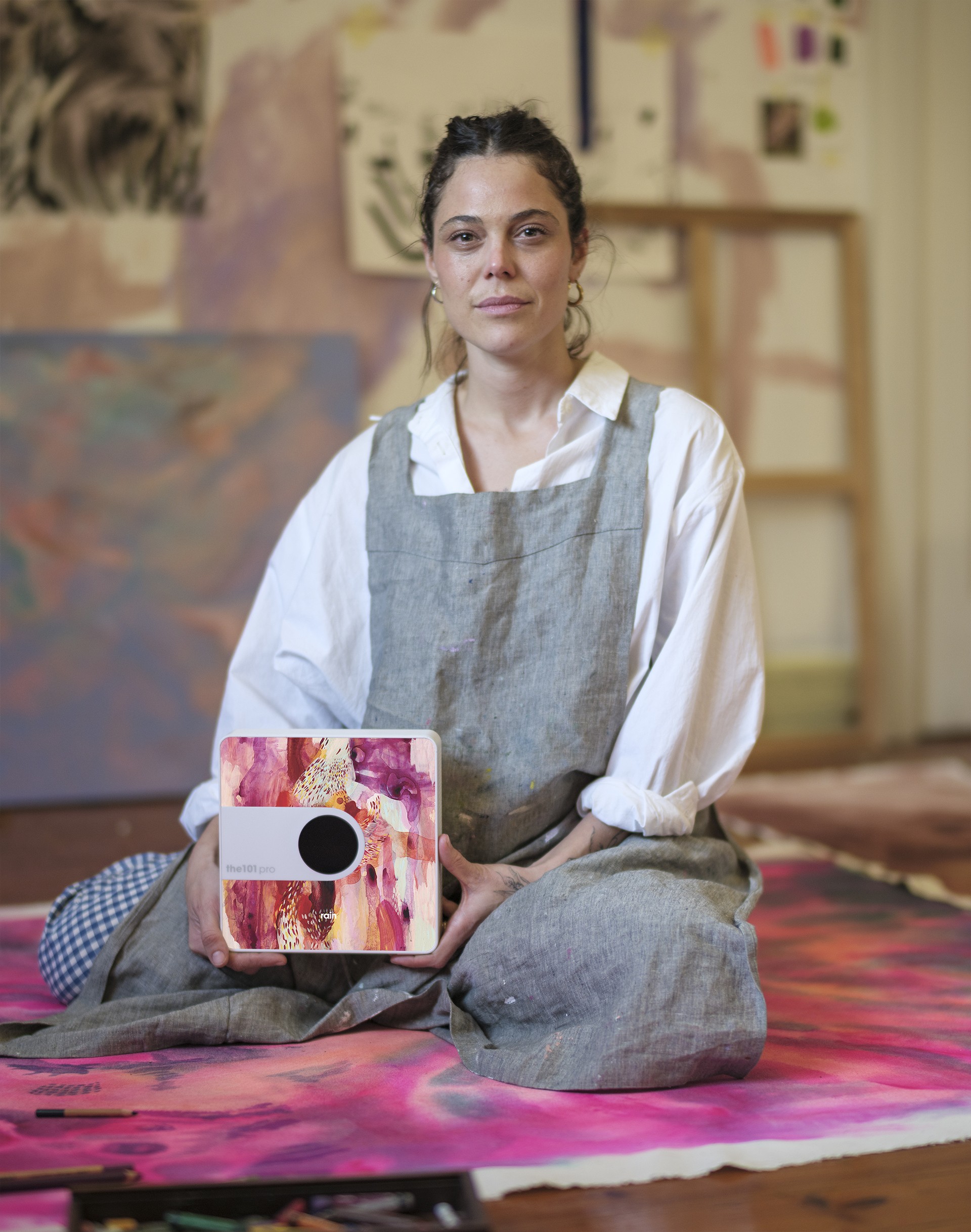
Photograph of Amy Ayanda Lester. All imagery courtesy of rain
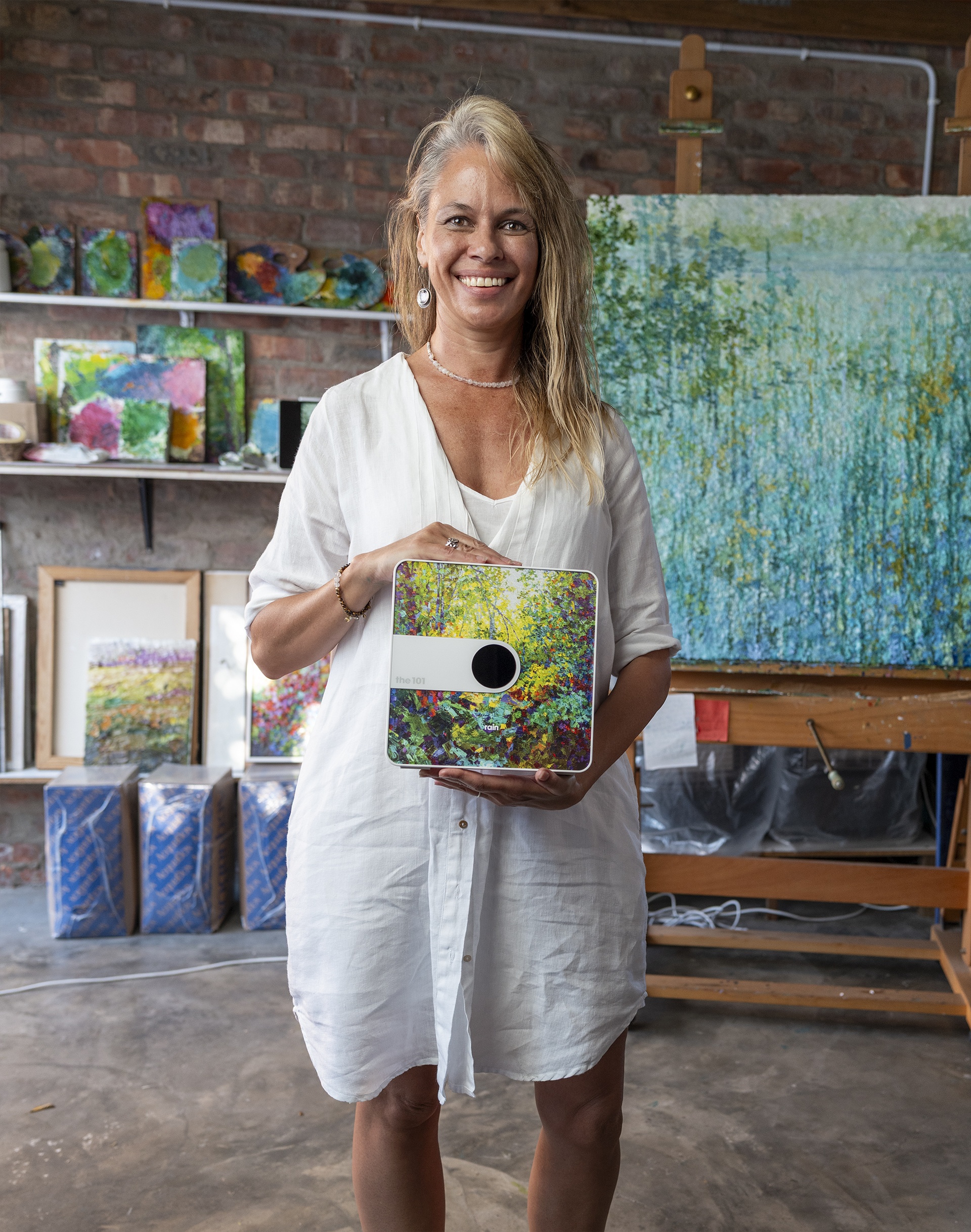
Photograph of Nessi Penman. All imagery courtesy of rain

Photograph of Peter Eastman. All imagery courtesy of rain
Balekane Legoabe is an artist, curator, illustrator, motion designer, art teacher and reiki practitioner based in Cape Town, South Africa. Her work explores the relationship between nature, spirituality and identity through the interrogation of personal and collective histories. She gets visual inspiration from ancient rock art and cave paintings; African, Eastern and Western mythology, as well as language, metaphor, ritual and family.
Nessi Penman is an impressionist, contemporary painter. Her artistic technique involves the application of heavy impasto layers of oil paint, resulting in textured and multi-dimensional artwork. Through her paintings, she aspires to evoke a sense of tranquillity and foster a deep appreciation for the natural world.
Nkhensani Mkhari is a South African nomadic artist. His diverse body of work is distinguished by an observation of his surroundings and an ongoing investigation of the artistic medium’s foundations. Drawing inspiration from the vibrant cultural and social landscapes of South Africa, Mkhari’s art delves into themes of identity, community, and the human condition.
Peter Eastman is a painter based in South Africa. Over the last few years, his substrate of choice has been aluminium to which he applies amongst other things enamel, resin, wax, graphite and oil paint. His subject matter is the natural world, which he uses to express ideas about memory, erosion, decay, growth and time.
Black Koki is a South African born visual artist. Crafted from experiences making drawings, painting and street art, his current artistic practice is post-graffiti, reflecting an interest in the relationship between space and data. He investigates warped spaces and textures that seem to define an urban reality augmented by the digital world.
“At Latitudes, our mission is to make art accessible while championing opportunities for local artists, and we’re proud to continue this journey with rain,” said Roberta Coci, co-founder of Latitudes. “As the official connectivity partner of the 2025 RMB Latitudes Art Fair, rain once again provided free wifi to over 9 000 visitors, ensuring seamless connection throughout the event. But they went beyond infrastructure: through an inspired collaboration with six local Latitudes artists, rain launched a new collection of router skins that bring art directly into people’s homes. It’s a powerful example of how local brands can use their platforms to celebrate South African creativity and foster a deeper love of art across the country.”
The the101 skins art collection will be available to new rainOne customers starting June 2025.
For more information, visit rain.co.za
For more news, visit the Connect Everything Collective homepage www.ceconline.co.za



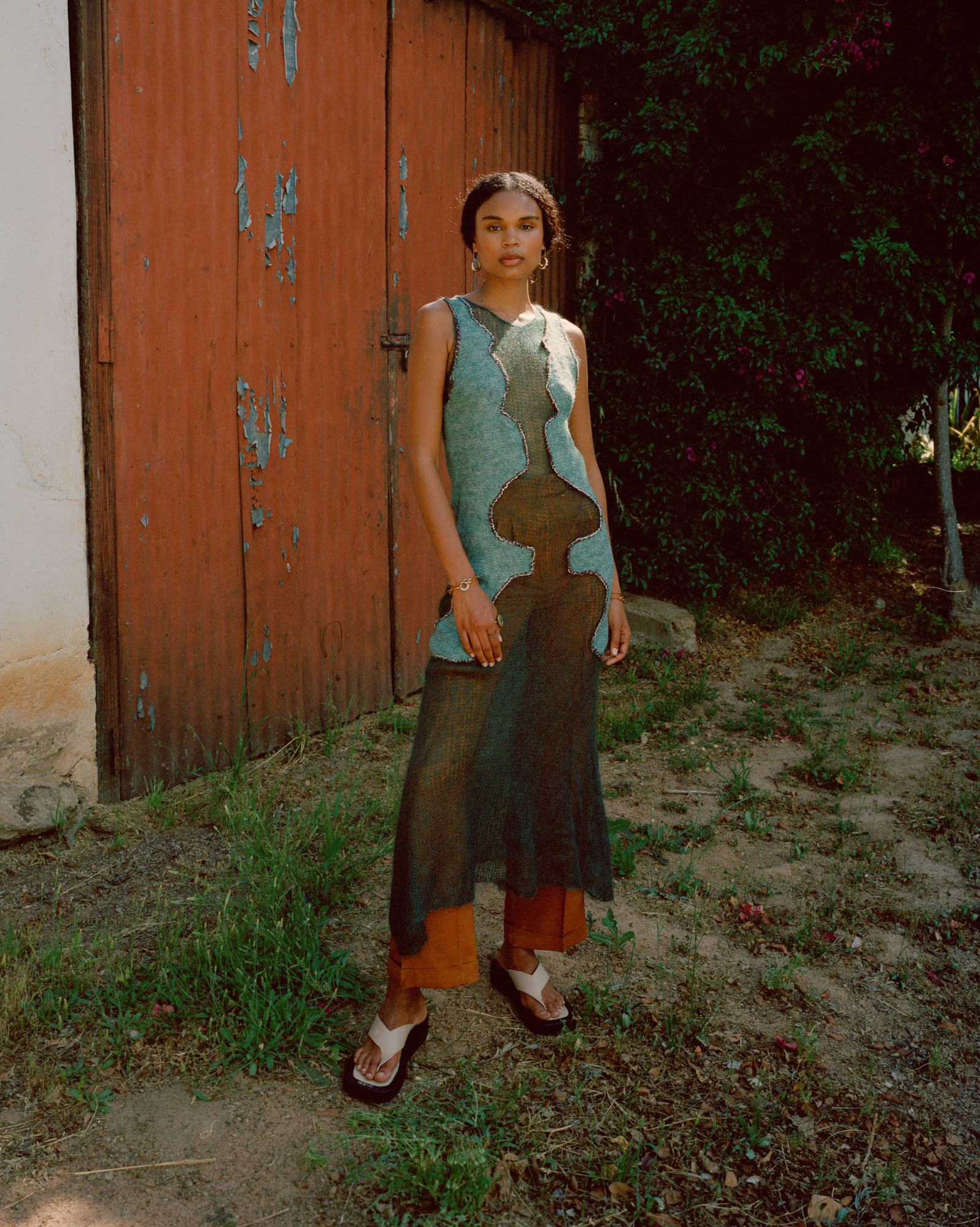



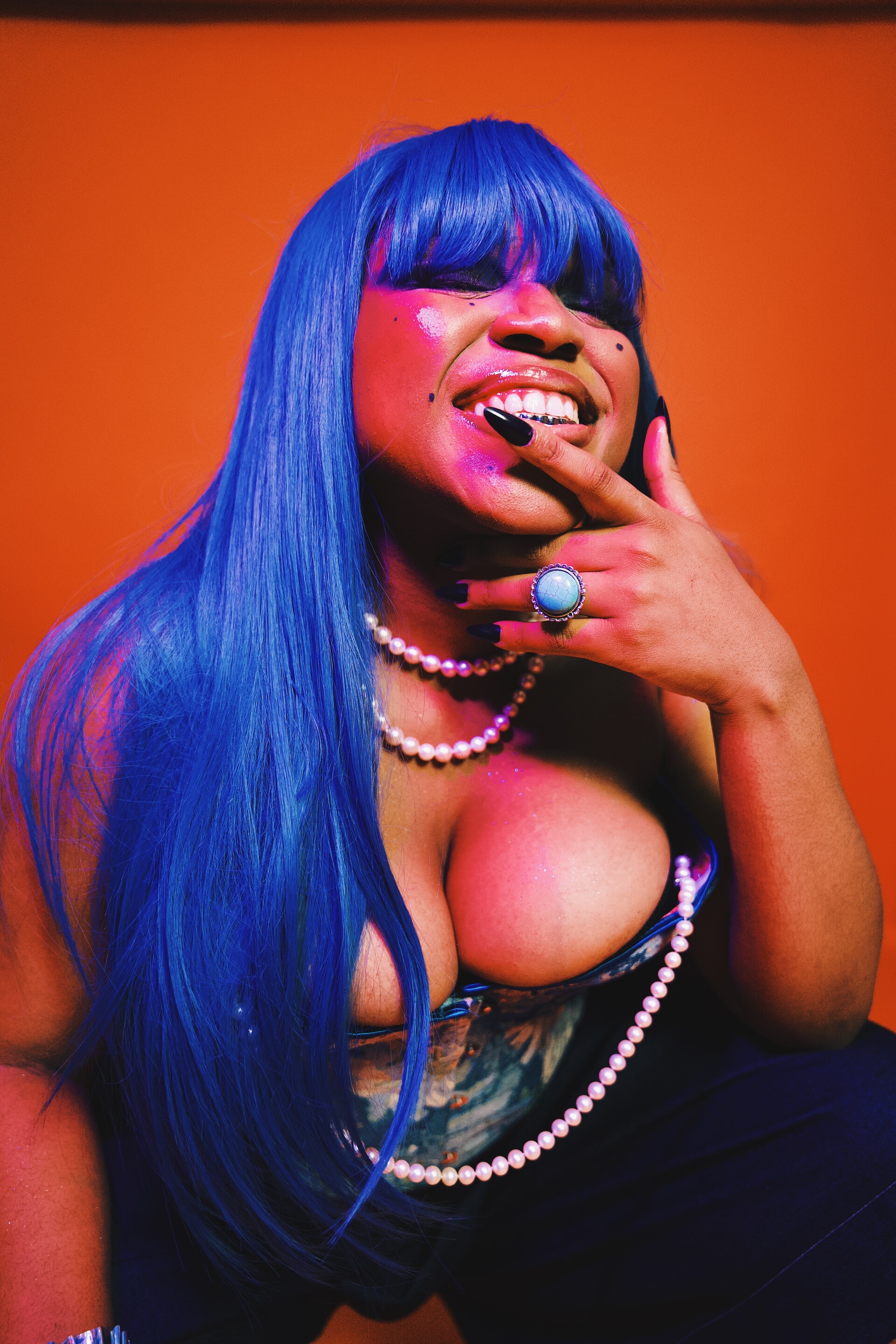

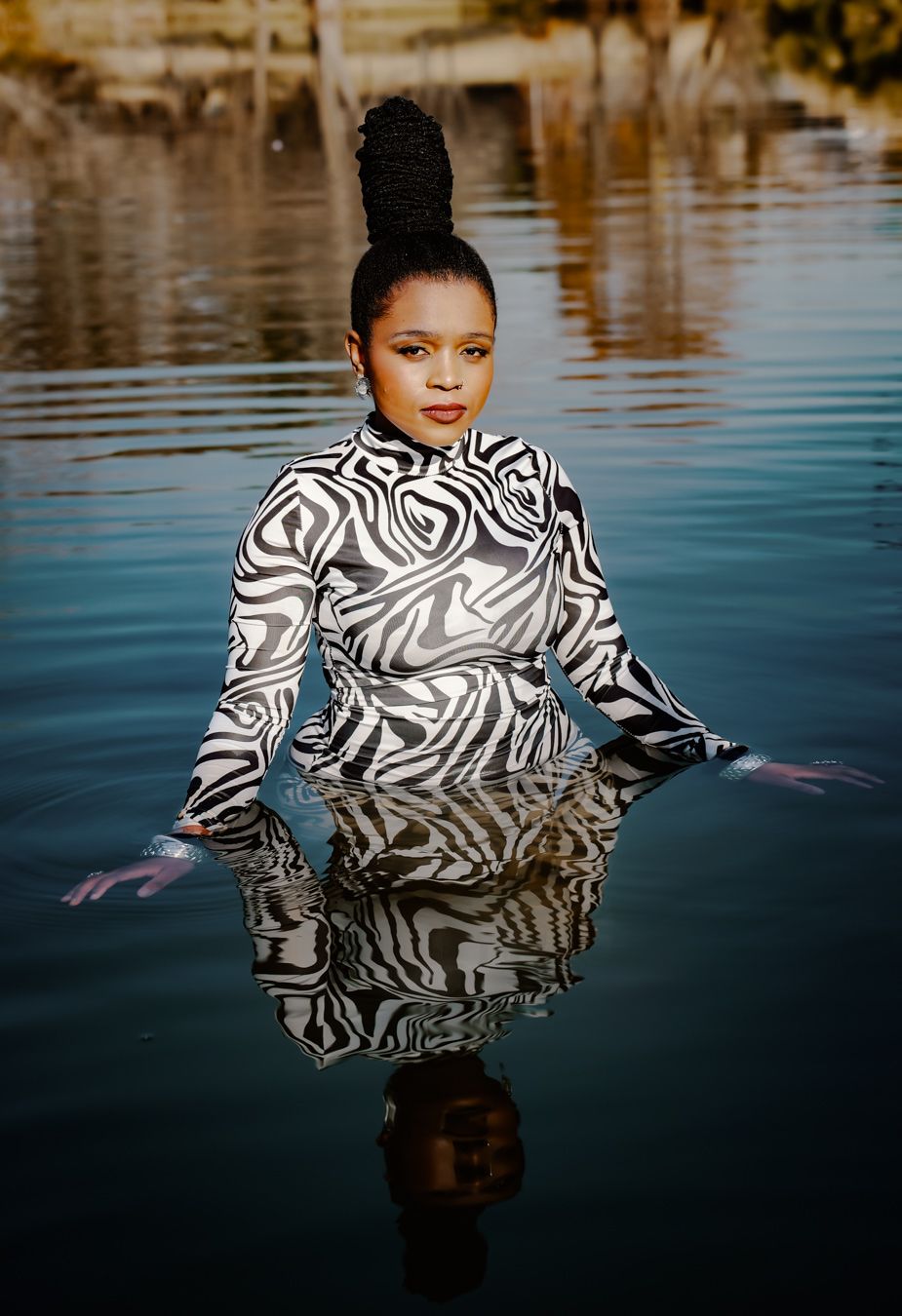




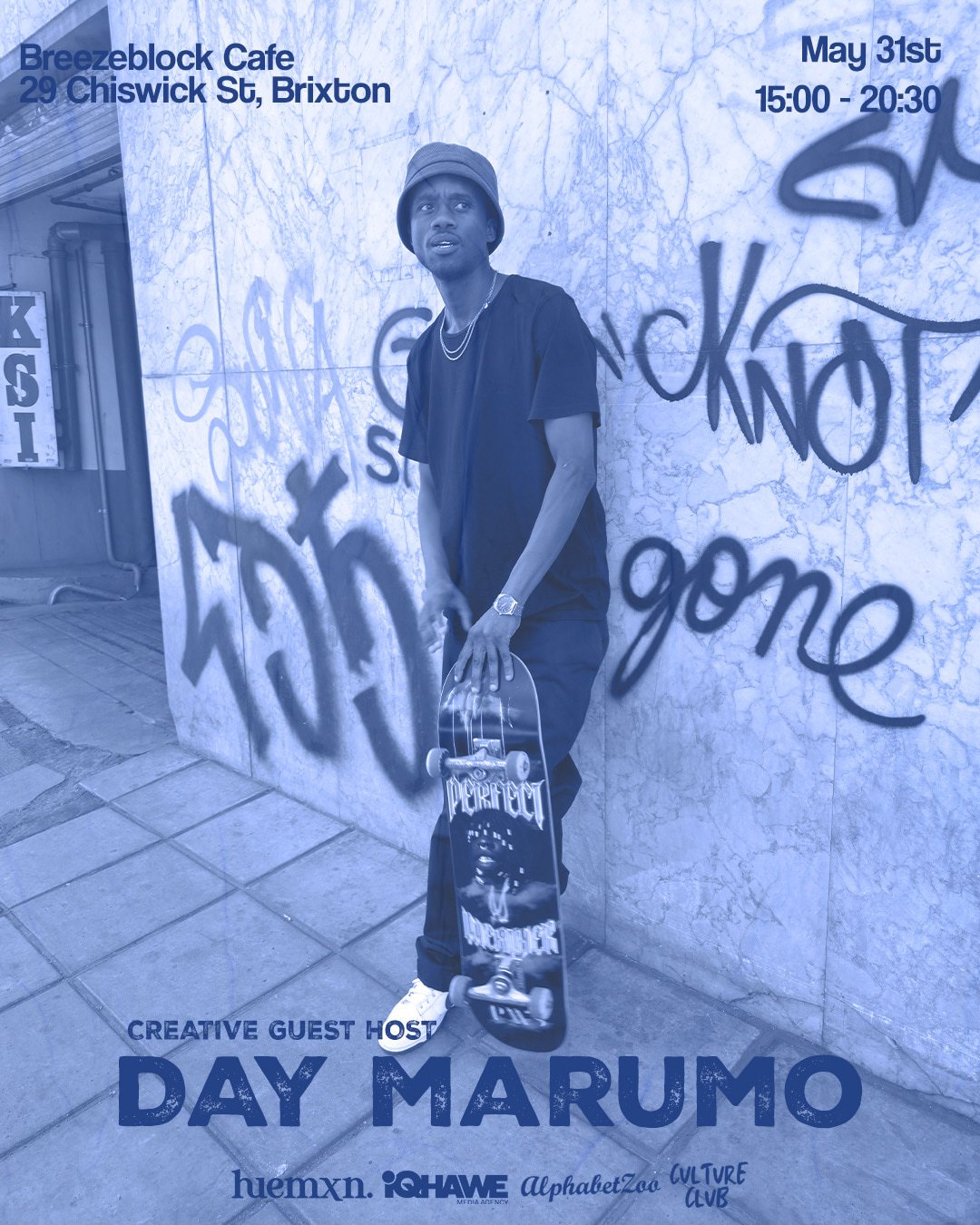
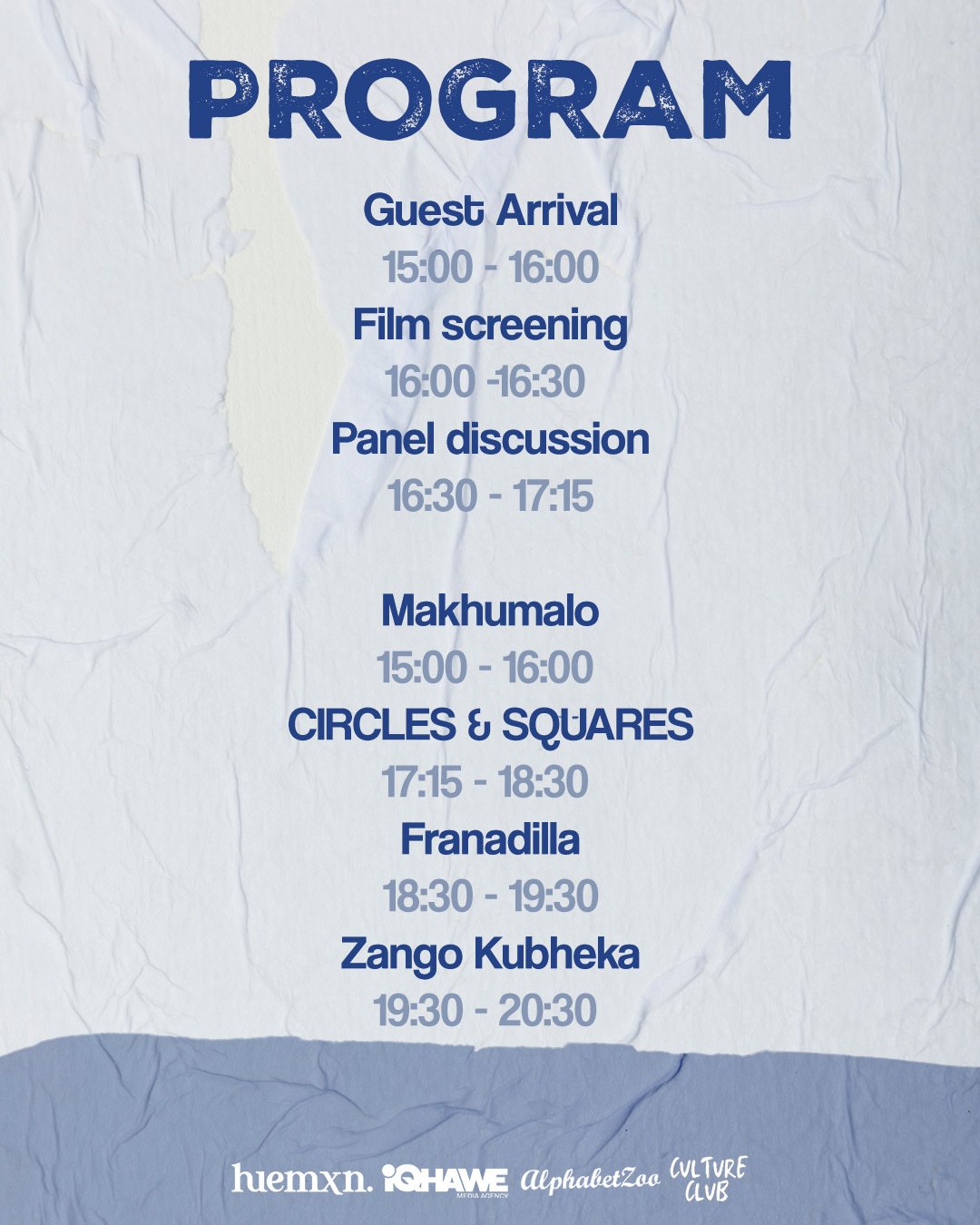
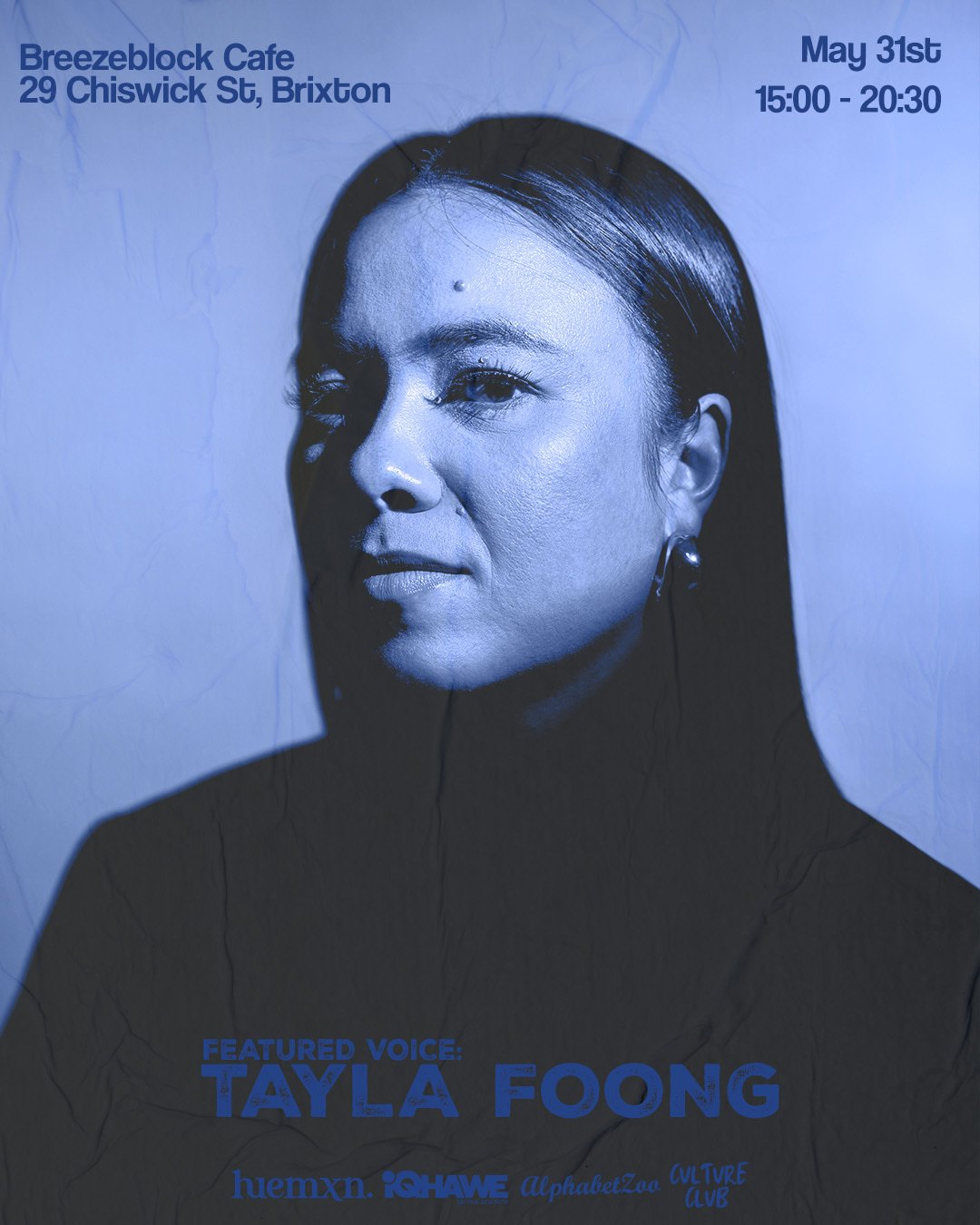
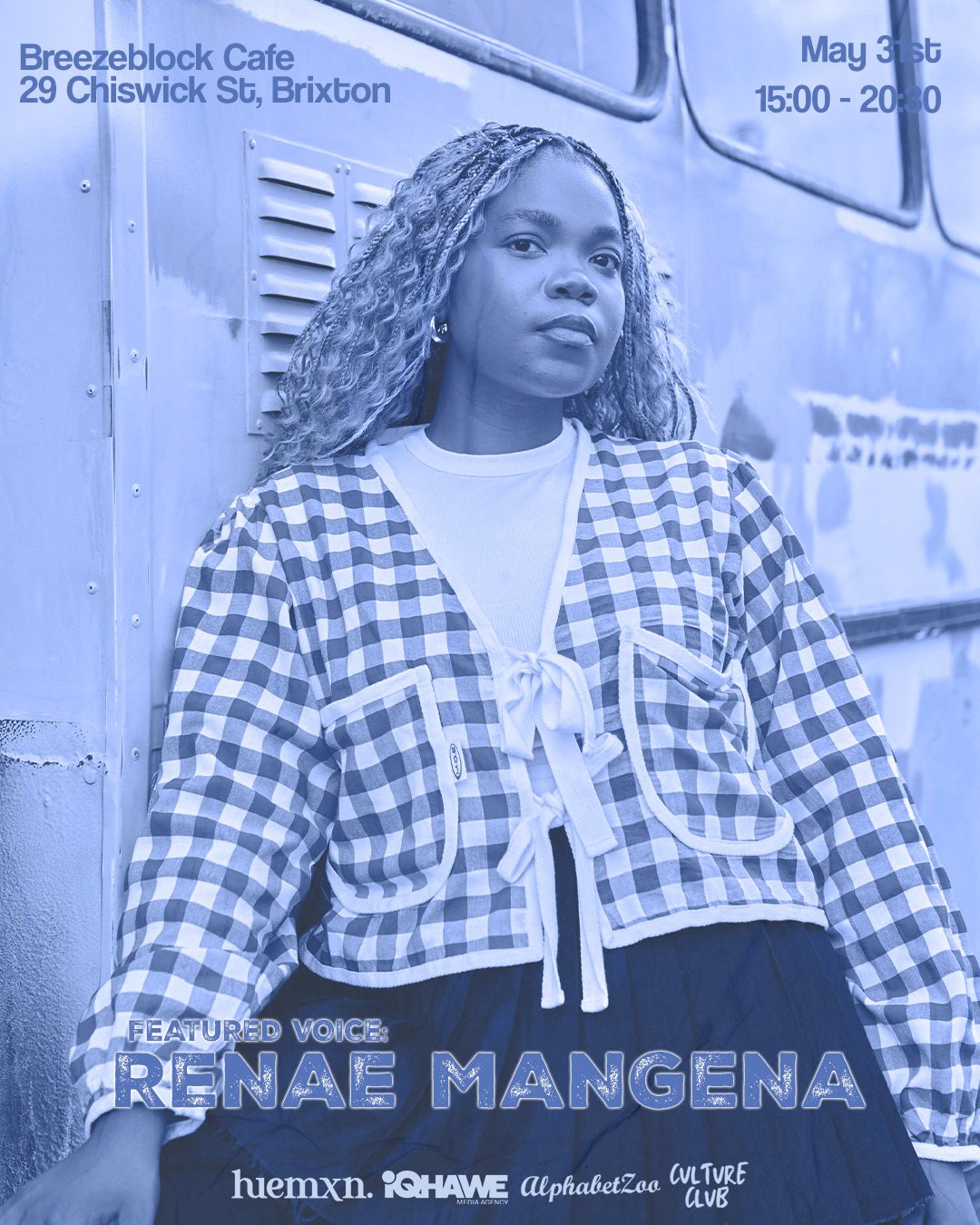
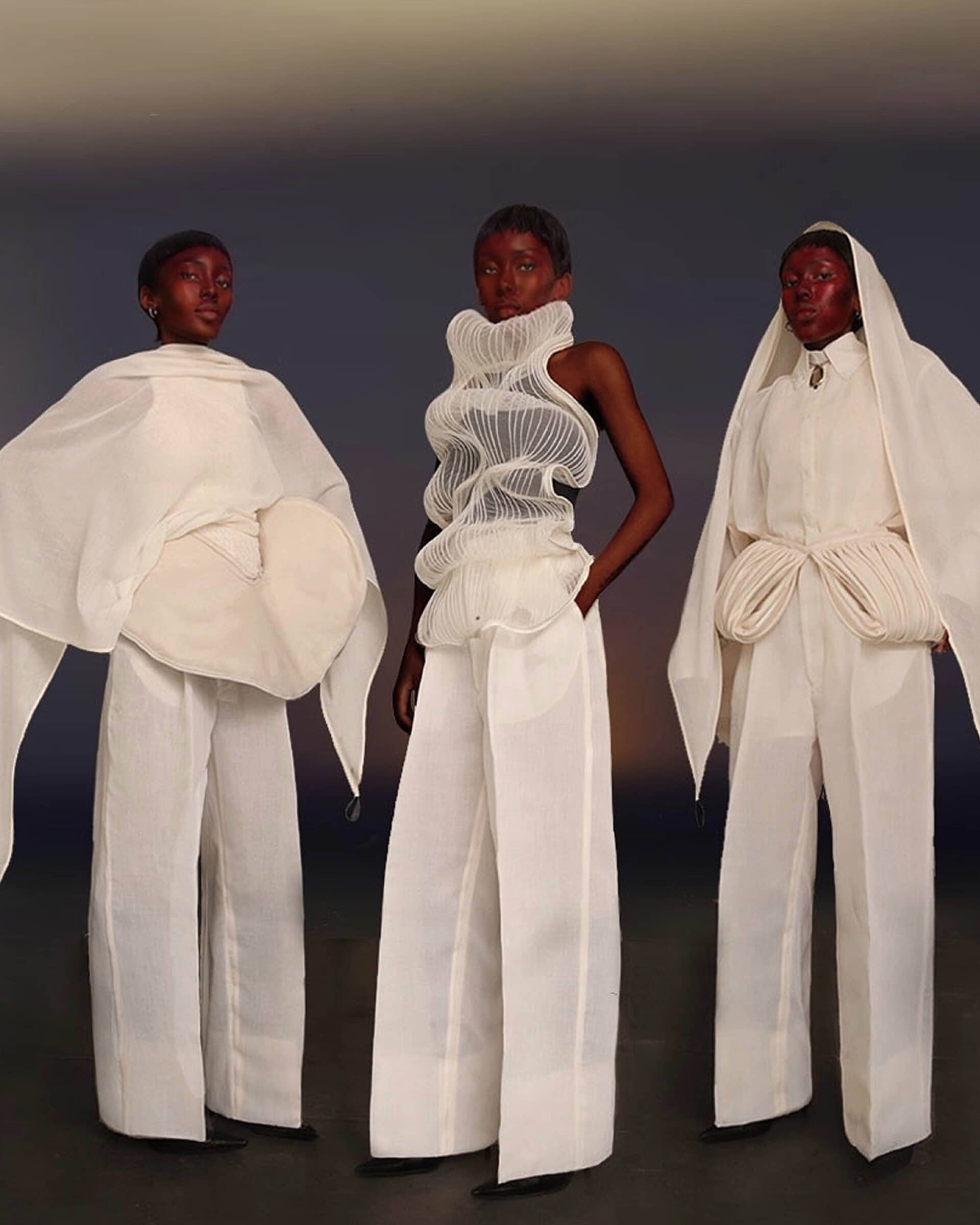
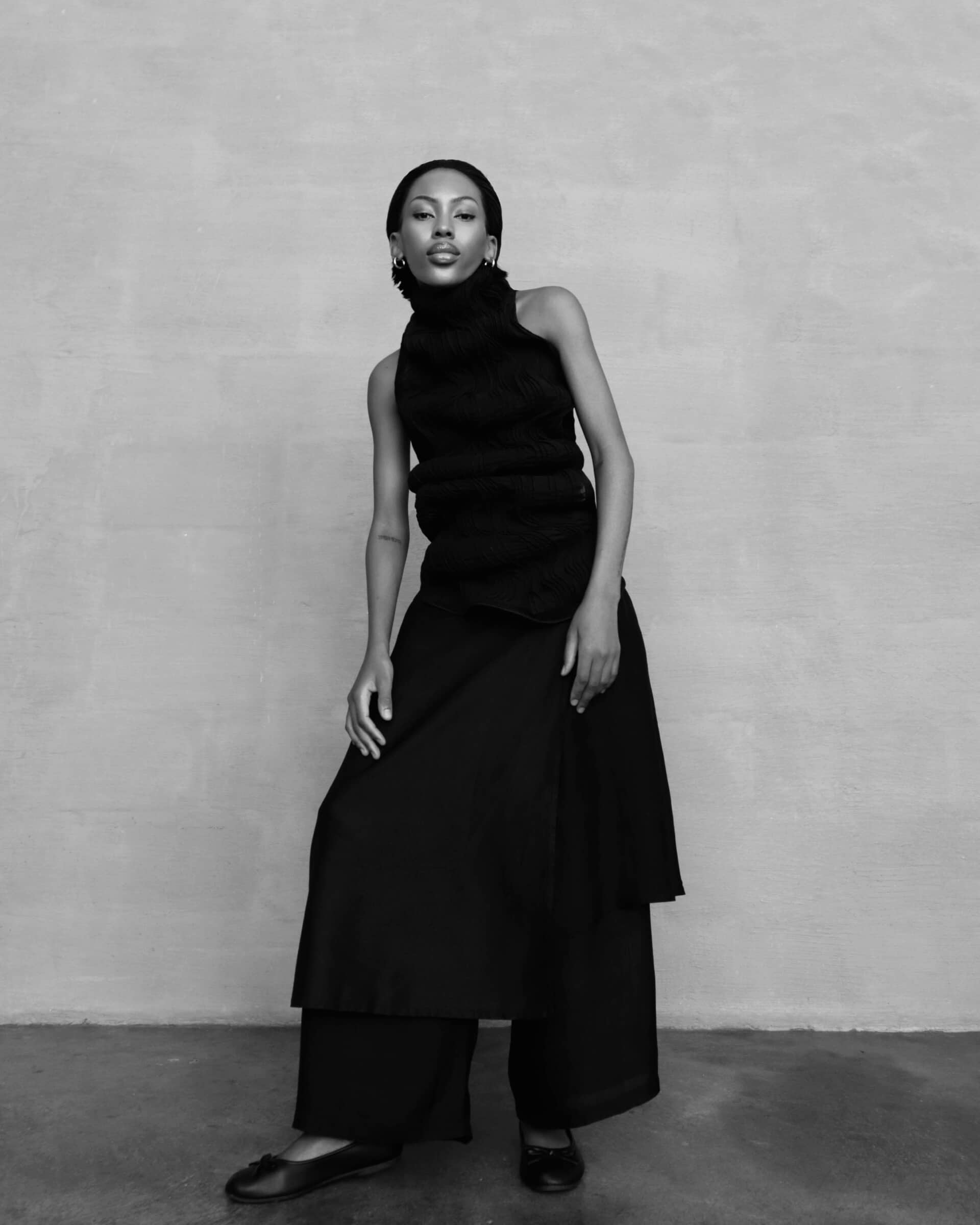

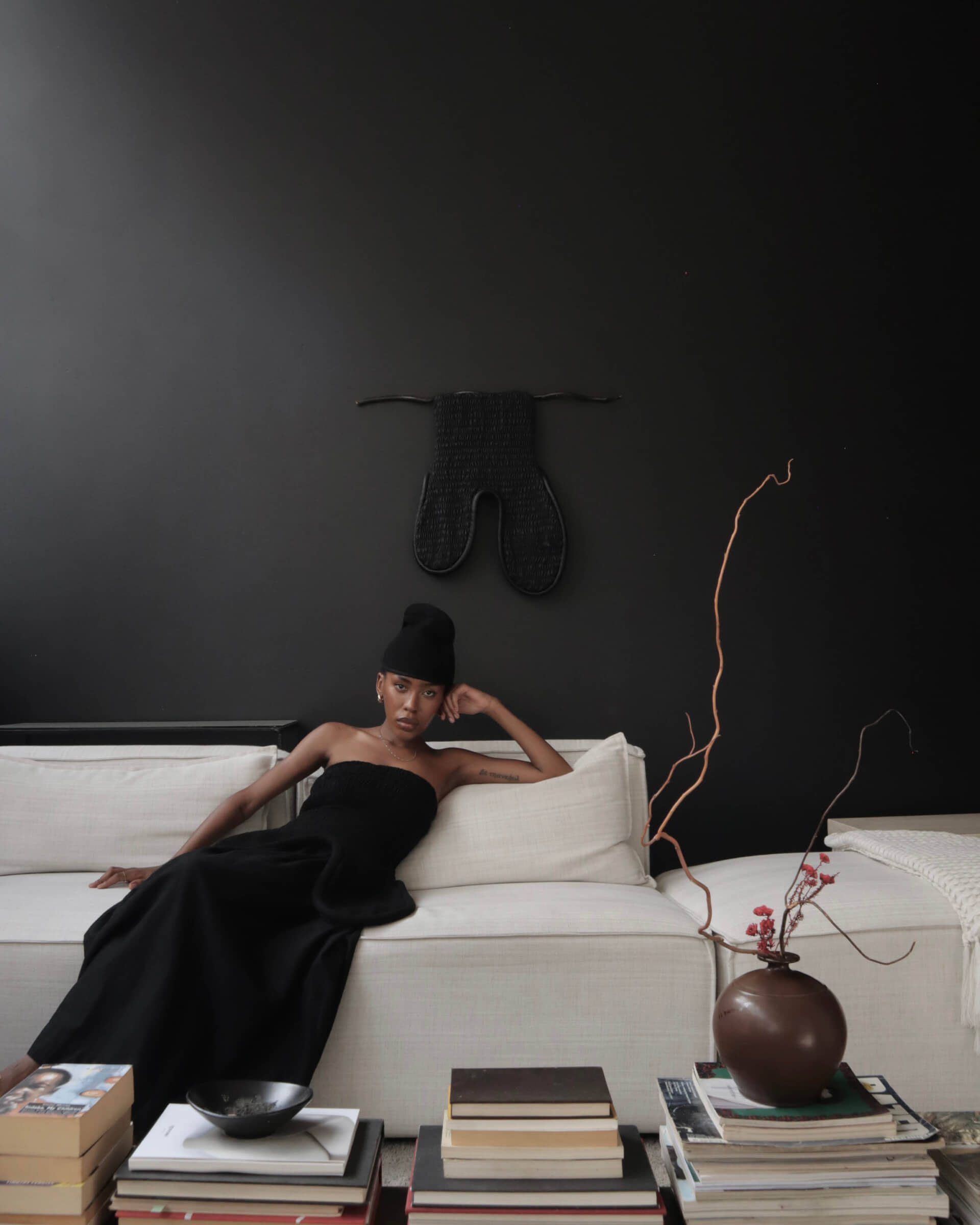

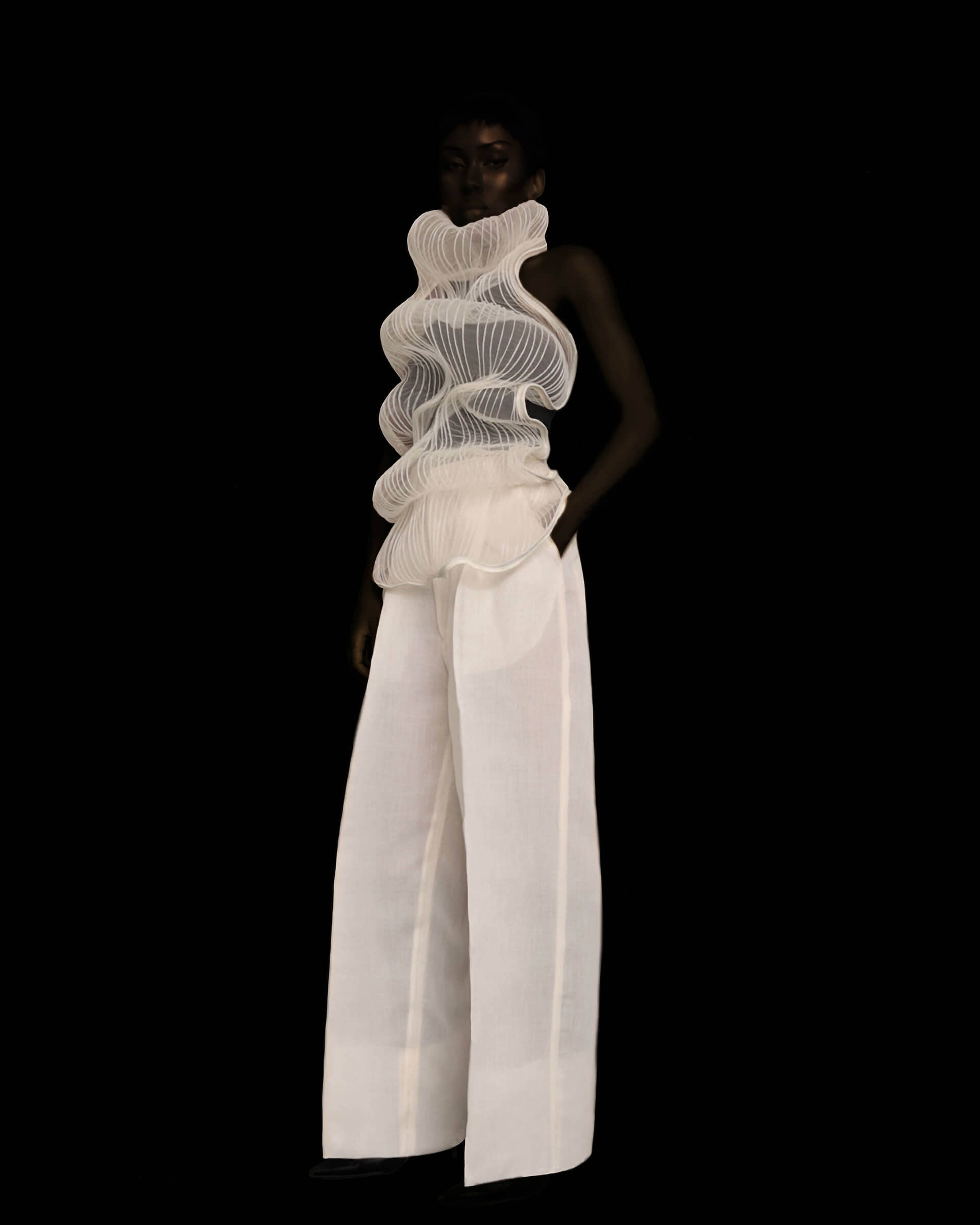

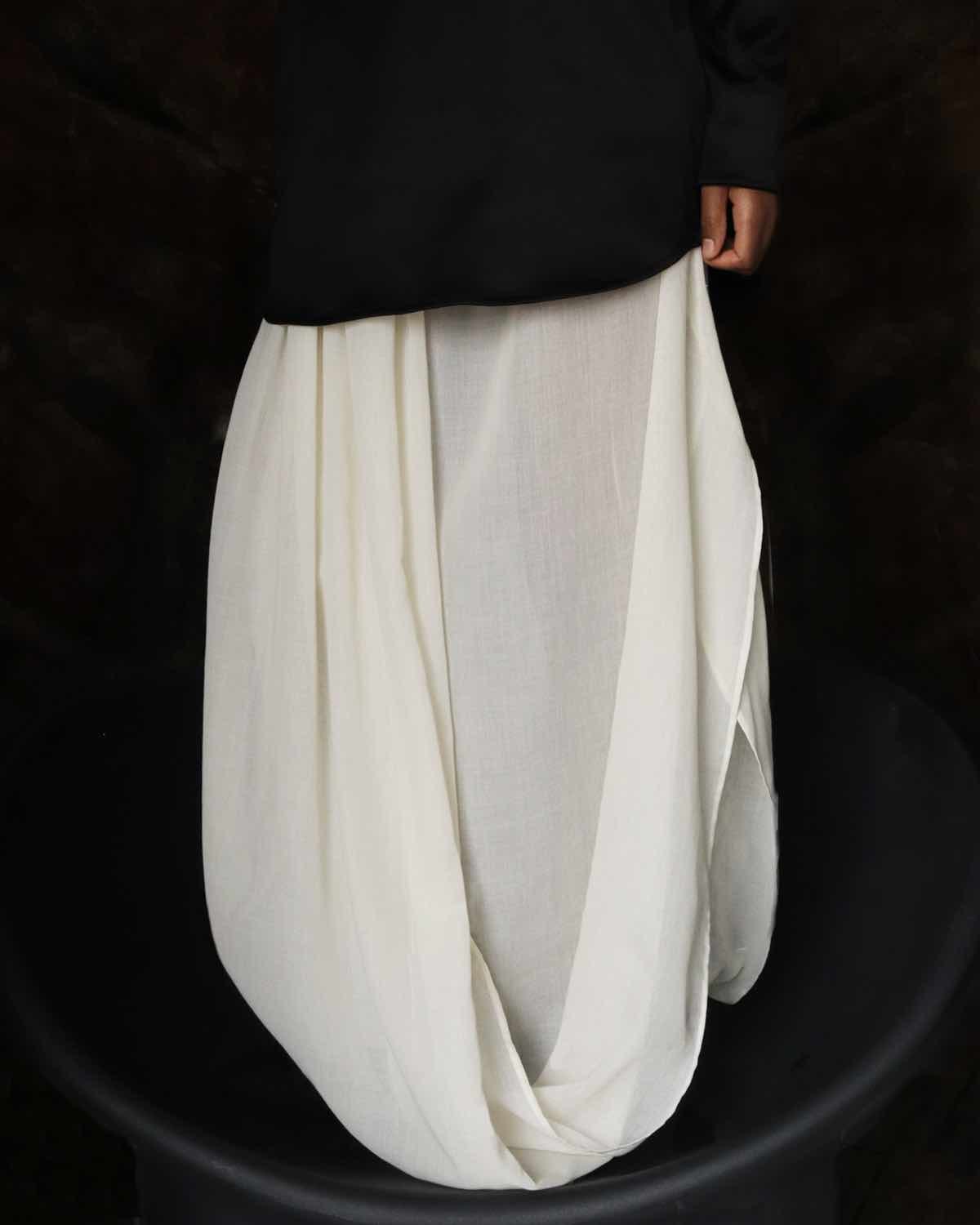
Recent Comments